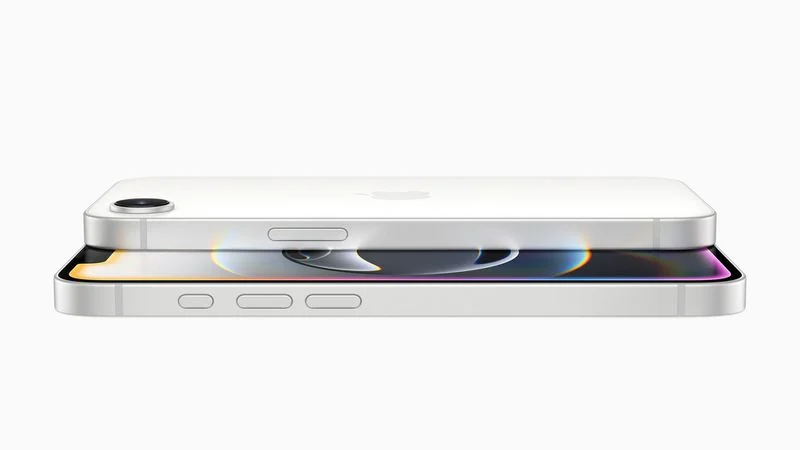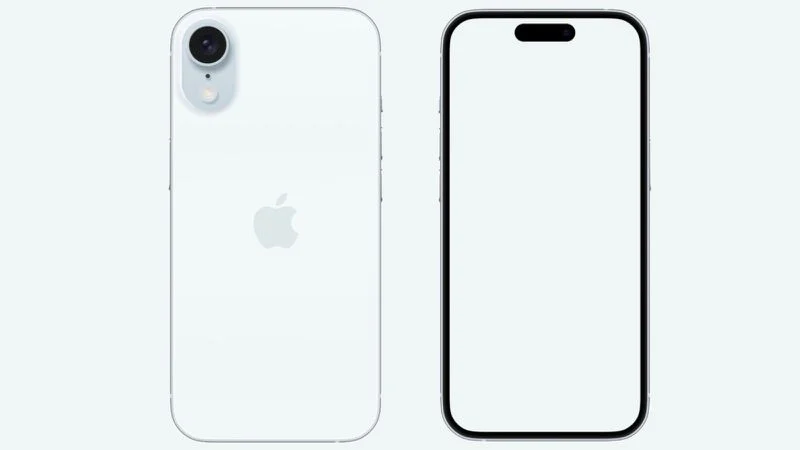Apple plans to start shipping iPhones made in India to the U.S. starting in 2026. This move is part of Apple’s bigger plan to reduce its reliance on China for manufacturing and to grow its production in India.
Right now, Apple already makes some iPhones in India through its partners like Foxconn, Wistron (now owned by Tata), and Pegatron. However, these phones are mostly for sale in India and a few other countries. Starting in 2026, Apple will reportedly begin sending some of these India-made iPhones to the U.S. as well.
The iPhones for the U.S. market will come from a new Foxconn factory being built in Karnataka, India. The facility is expected to be ready in April 2026. Once running, it could produce up to 20 million iPhones each year, and about half of them might be sent to the U.S.
Apple has been slowly increasing its production in India over the past few years. In 2023, around 14% of all iPhones were made in India, which is a big jump from just 1% in 2020.
This change shows Apple’s long-term goal to diversify its supply chain. By making more devices in India, Apple can reduce risks from political issues or other problems in China, while also supporting India’s growing manufacturing industry.






